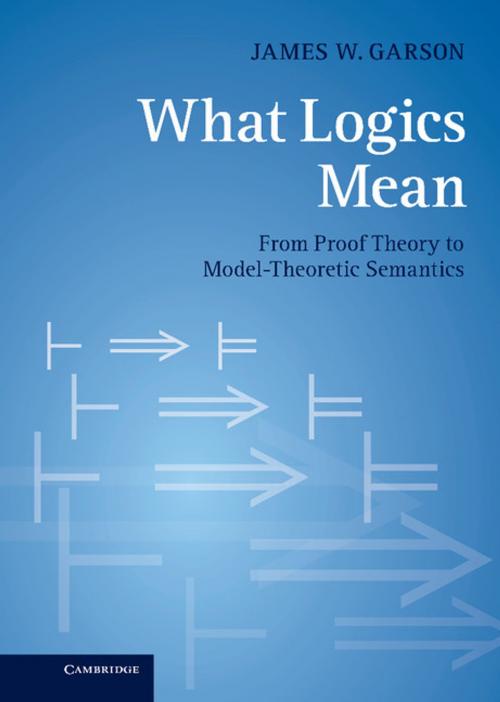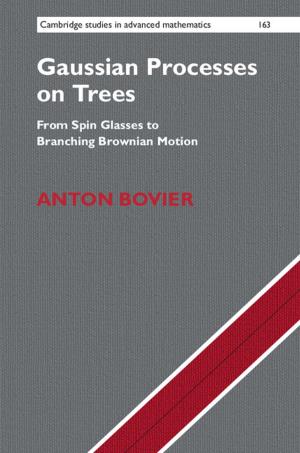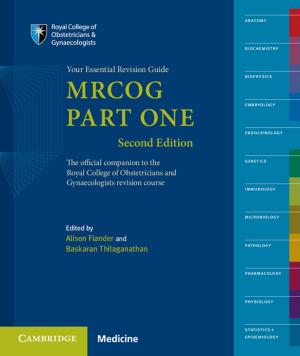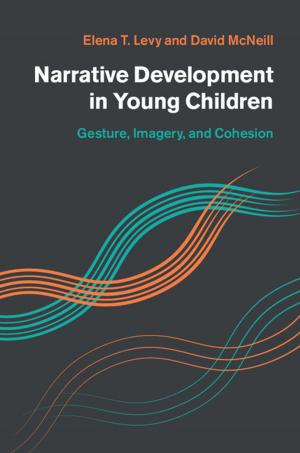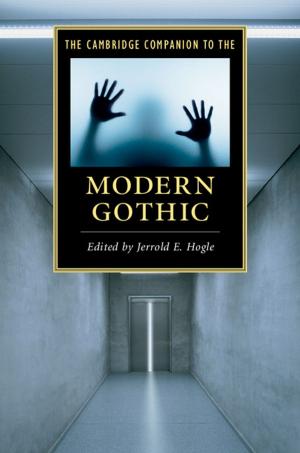What Logics Mean
From Proof Theory to Model-Theoretic Semantics
Nonfiction, Religion & Spirituality, Philosophy, Logic, Reference & Language, Language Arts| Author: | James W. Garson | ISBN: | 9781107461536 |
| Publisher: | Cambridge University Press | Publication: | November 14, 2013 |
| Imprint: | Cambridge University Press | Language: | English |
| Author: | James W. Garson |
| ISBN: | 9781107461536 |
| Publisher: | Cambridge University Press |
| Publication: | November 14, 2013 |
| Imprint: | Cambridge University Press |
| Language: | English |
What do the rules of logic say about the meanings of the symbols they govern? In this book, James W. Garson examines the inferential behaviour of logical connectives (such as 'and', 'or', 'not' and 'if … then'), whose behaviour is defined by strict rules, and proves definitive results concerning exactly what those rules express about connective truth conditions. He explores the ways in which, depending on circumstances, a system of rules may provide no interpretation of a connective at all, or the interpretation we ordinarily expect for it, or an unfamiliar or novel interpretation. He also shows how the novel interpretations thus generated may be used to help analyse philosophical problems such as vagueness and the open future. His book will be valuable for graduates and specialists in logic, philosophy of logic, and philosophy of language.
What do the rules of logic say about the meanings of the symbols they govern? In this book, James W. Garson examines the inferential behaviour of logical connectives (such as 'and', 'or', 'not' and 'if … then'), whose behaviour is defined by strict rules, and proves definitive results concerning exactly what those rules express about connective truth conditions. He explores the ways in which, depending on circumstances, a system of rules may provide no interpretation of a connective at all, or the interpretation we ordinarily expect for it, or an unfamiliar or novel interpretation. He also shows how the novel interpretations thus generated may be used to help analyse philosophical problems such as vagueness and the open future. His book will be valuable for graduates and specialists in logic, philosophy of logic, and philosophy of language.
